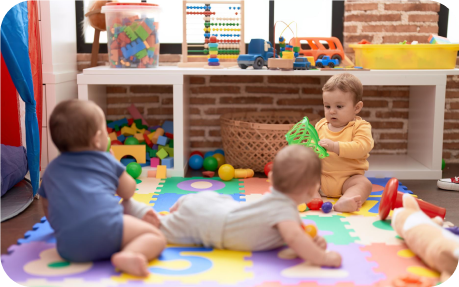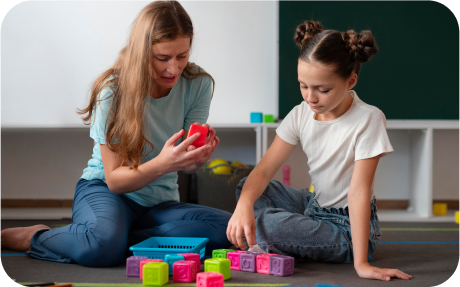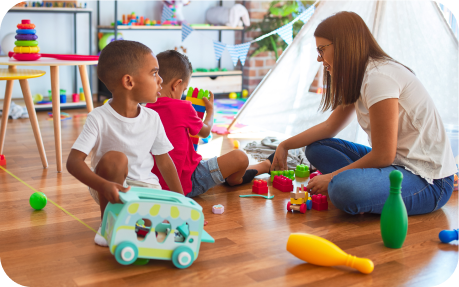For babies and younger children
- Distract and comfort your child by cuddling, singing, or talking softly.
- Smile and make eye contact with your child. Let your child know that everything is ok.
- Comfort your child with a favorite toy or book. A blanket that smells familiar will help your child feel more comfortable.
- Hold your child firmly on your lap, whenever possible.
Once your child has received all of the shots, be especially supportive. Hold and cuddle your child. A soothing voice, combined with praise and hugs will help reassure the child that everything is okay.
Additionally, babies can be soothed through swaddling, skin-to-skin contact, and breastfeeding. If older than 6 months, babies can also be given a sweet beverage.
For older children and adolescents
- Point out interesting things in the room to help create distractions.
- Tell or read stories.
- Support your child if he or she cries.
- Never scold a child for not “being brave.”
- Take deep breaths with your child to help “blow out” the pain.
After the shots
Sometimes children experience mild reactions from shots, such as pain at the injection site, a rash or a fever. These reactions are normal and will soon go away. These tips will help you identify and minimize mild side effects:
- Read the Vaccine Information Sheet(s) your child’s doctor gave you to learn about side effects your child may experience.
- Use a cool, damp cloth to help reduce redness, soreness and/or swelling at in the place where the shot was given.
- Reduce fever with a lukewarm water sponge bath.
- Offer liquids more often. It is normal for some children to eat less during the 24 hours after getting vaccines.
- Ask your child’s doctor if you can give your child a non-aspirin pain reliever.
- Pay extra attention to your child for a few days. If you see something that concerns you, call your child’s doctor.






